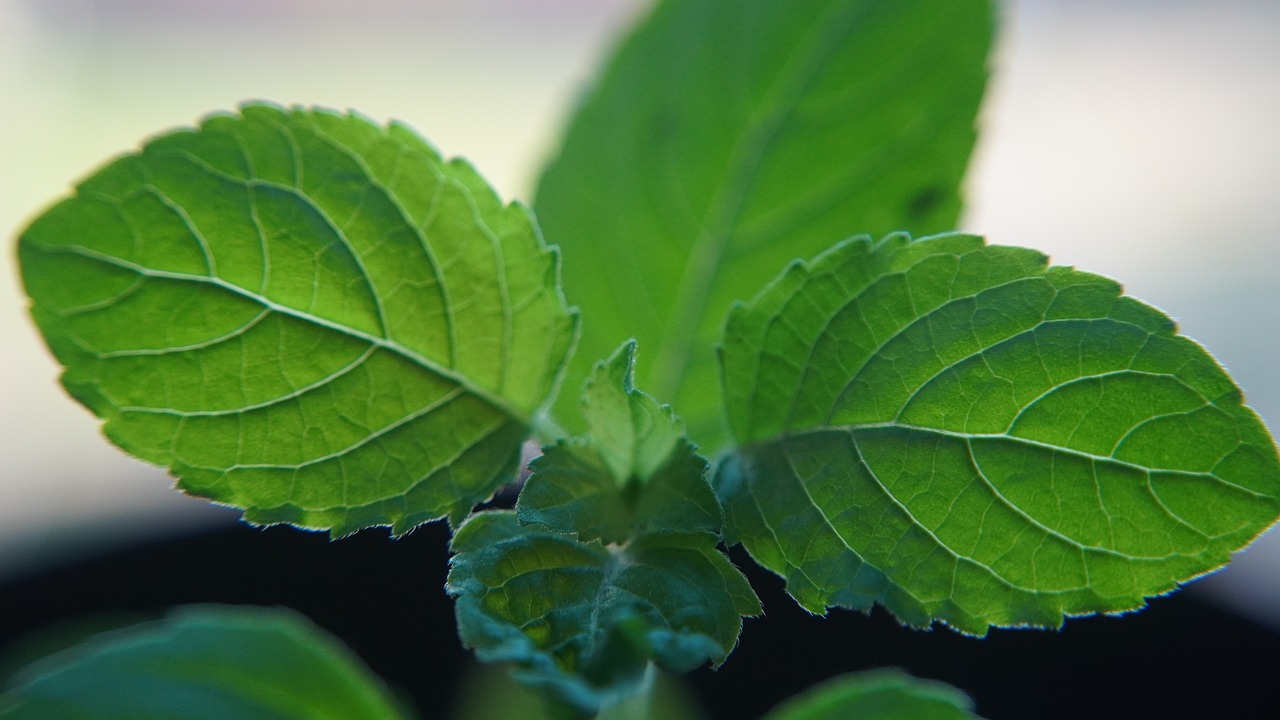Turmeric, a vibrant yellow spice derived from the Curcuma longa plant, has been an integral part of Ayurvedic medicine for centuries. Its potent anti-inflammatory and antioxidant properties have earned it the title of “golden spice.” Beyond its culinary applications, turmeric offers a myriad of health benefits.
Incorporating Turmeric into Your Diet
Turmeric Latte (Golden Milk)
A popular and comforting beverage, turmeric latte combines the warmth of milk with the healing properties of turmeric.
Ingredients:
- 1 cup milk (almond, coconut, or dairy)
- 1 teaspoon turmeric powder
- 1/2 teaspoon ground ginger
- 1/4 teaspoon cinnamon
- A pinch of black pepper
- Honey or maple syrup to taste
Instructions:
- In a saucepan, heat the milk until warm but not boiling.
- Whisk in the turmeric powder, ginger, cinnamon, and black pepper.
- Sweeten with honey or maple syrup to taste.
- Froth the milk if desired, using a milk frother or blender.
Turmeric Rice
A simple yet flavorful way to incorporate turmeric into your diet is by adding it to rice.
Ingredients:
- 1 cup basmati rice
- 1 teaspoon turmeric powder
- 1/2 teaspoon cumin seeds
- 1 bay leaf
- 2 cups water
- Salt to taste
Instructions:
- Rinse the rice thoroughly.
- In a pot, heat the cumin seeds until they splutter.
- Add the bay leaf and turmeric powder, sauté for a few seconds.
- Add the rice and water, bring to a boil.
- Reduce heat, cover, and simmer for 18-20 minutes or until the rice is cooked.
- Fluff the rice with a fork and serve hot.
Precautions and Benefits
While turmeric is generally safe for consumption, excessive amounts may cause stomach upset. Individuals with gallstones should consult with their healthcare provider before consuming large quantities of turmeric.
Turmeric has been associated with various health benefits, including:
- Reduced inflammation
- Improved brain function
- Potential anti-cancer properties
- Enhanced skin health
- Support for liver health
Cultivating Turmeric at Home
Turmeric thrives in warm, humid climates. If you live in a suitable region, you can grow your own turmeric plant.
- Soil Preparation: Turmeric prefers well-drained, loamy soil rich in organic matter.
- Planting: Plant the turmeric rhizomes about 2-3 inches deep, spacing them about 1 foot apart.
- Care: Keep the soil moist but not waterlogged. Regular weeding is essential.
- Harvesting: Harvest the turmeric rhizomes after about 8-10 months, when the leaves start to turn yellow.
Turmeric is a versatile spice with numerous health benefits. Incorporating it into your diet can be a simple yet effective way to enhance your overall well-being.
Disclaimer:
This article is for informational purposes only and should not be considered medical advice. Please consult with a healthcare professional before using Tulsi to treat any medical condition.






Very informative